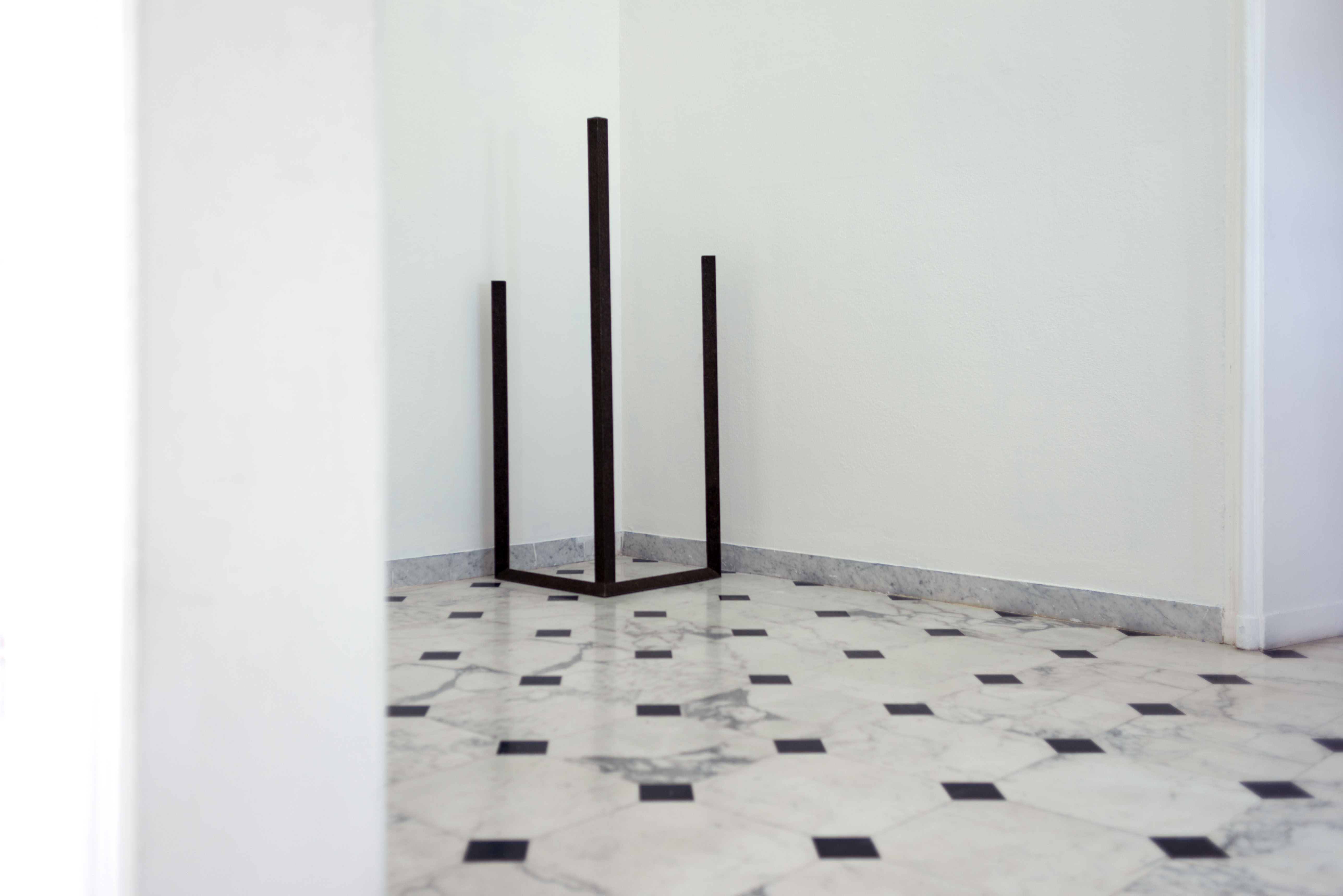
Click here to view image
Controangolo
Maria Cernuschi Ghiringhelli 1990
Icaro, Paolo
652
Unità di misura: cm; Altezza: 58; Larghezza: 58; Profondità: 164
Steel and sequins, 58 x 58 x 164 cm
galleria Gastadelli, Milano - 1976<br>Faredisfarerifarevedere - La Bertesca, Genova<br>Astrattismo in Italia nella raccolta Cernuschi Ghiringhelli - Villa Croce, Genova - 1985
Icaro evolves his research in a conceptual and minimalist direction, in which art becomes a tool for measuring man in space and time. In 1968 in New York he created the first Gabbie, metal bar structures, closely related to the Contrangolo kept at the museum, which create space without occupying it, an “other” space defined by their geometries in pursuit of a balance between the internal and external. This reflection remains a constant in his work and is revived, on his return from the United States. Following a second stay in the United States, interspersed with monthly trips to Calice Ligure, Icaro began to use plaster, which became the medium of choice for his artistic practice, thanks to its malleability, ductility and its ability to retain the imprint of the artist’s gesture intact in the material. Icaro's latest exhibitions are under the sign of “no longer just about space, it is a dynamic research”.



